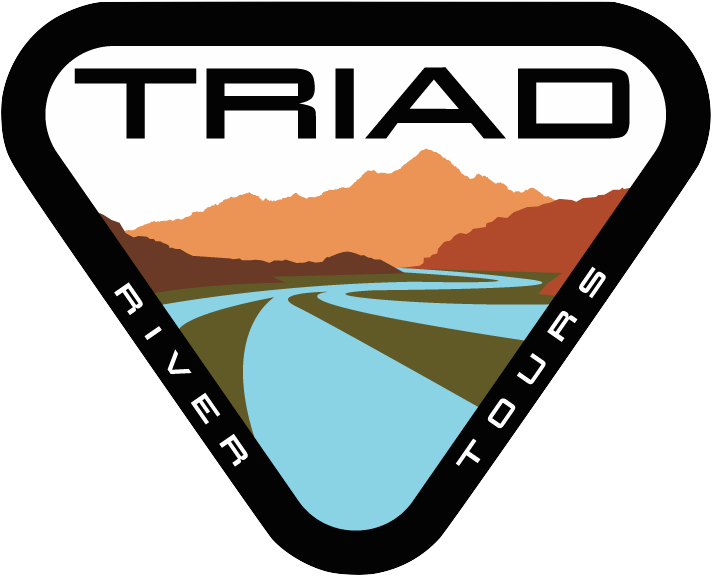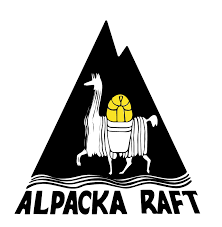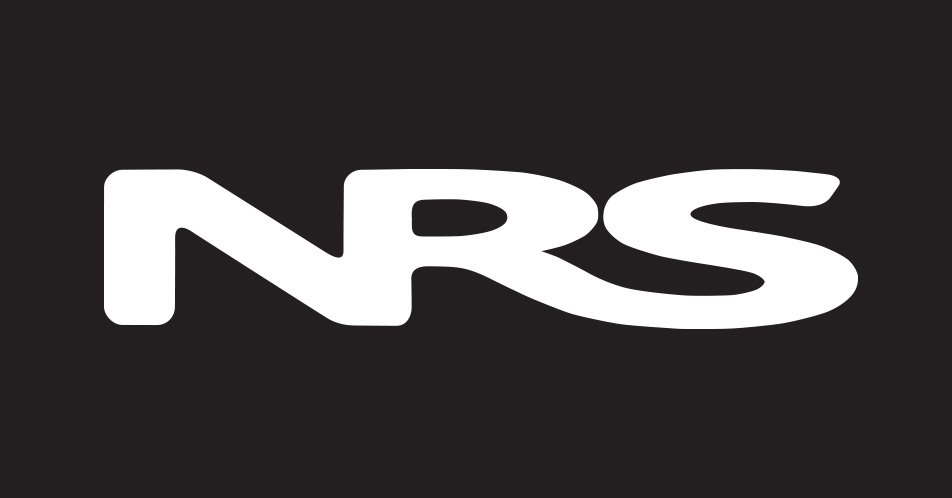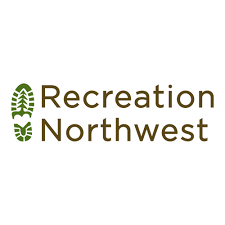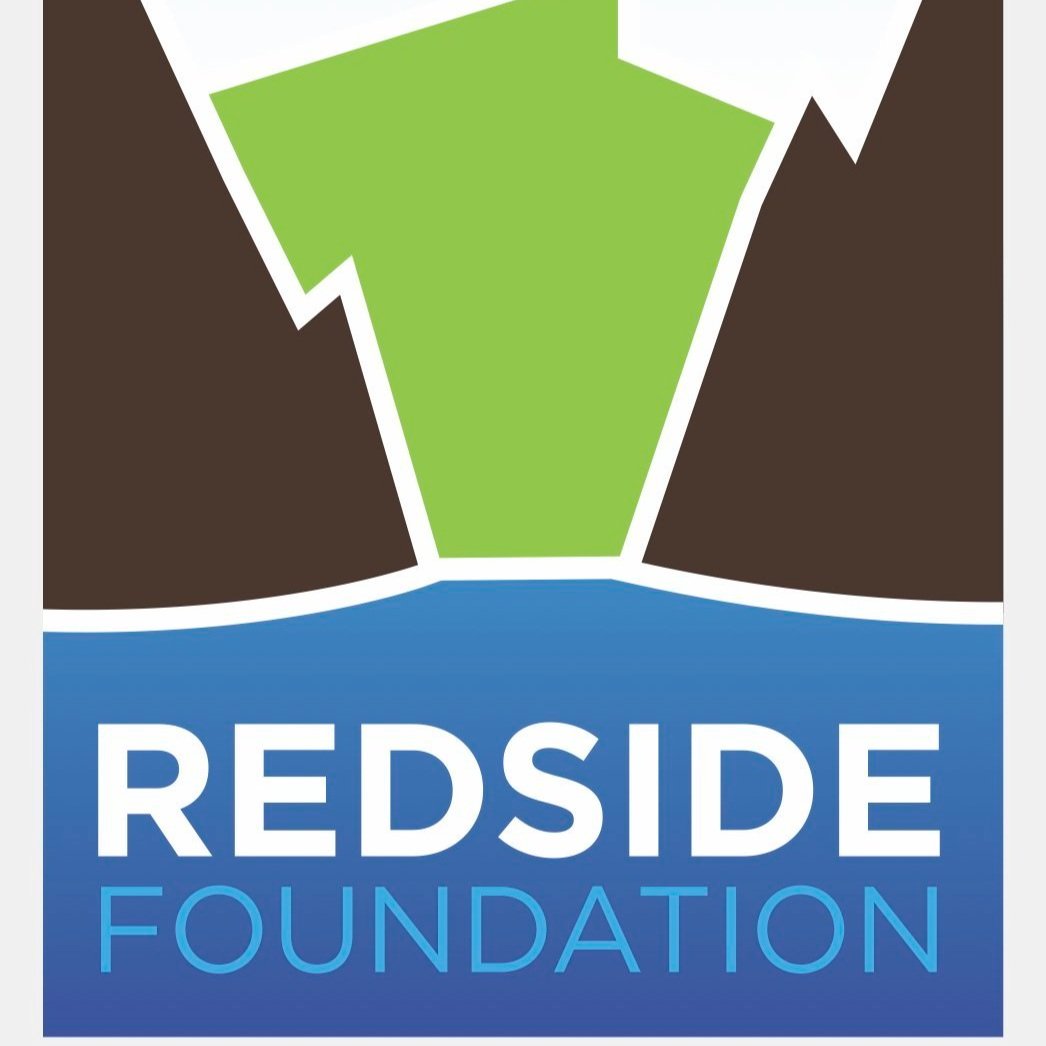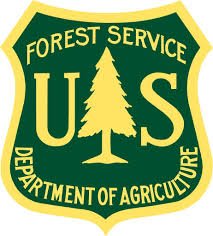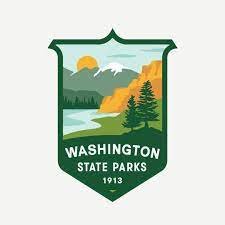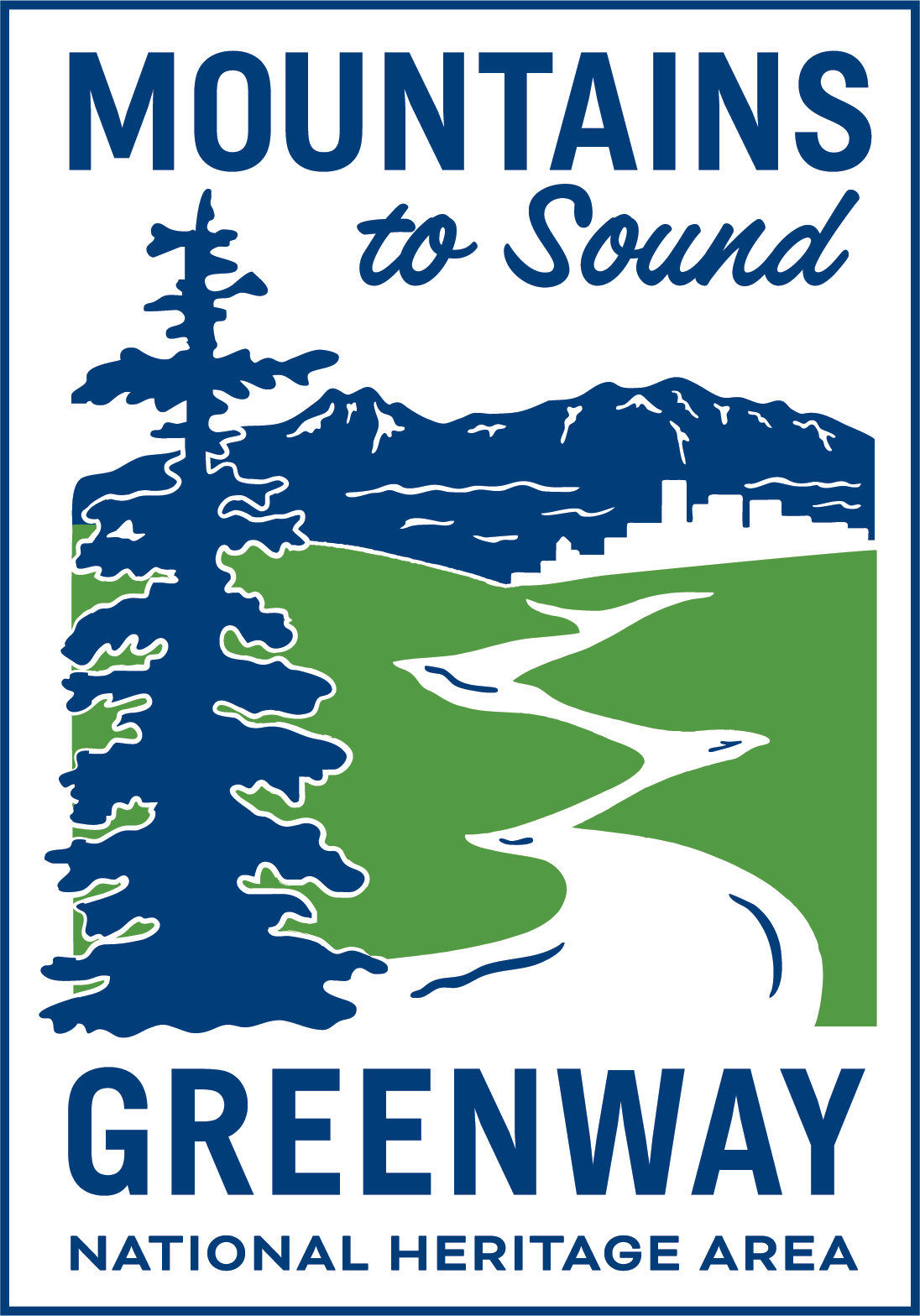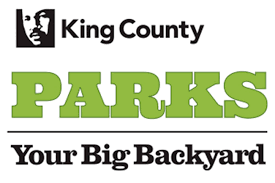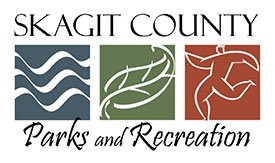Triad River Tours was founded in 2012, but humans have been on the rivers for hundreds of years before us. Many pacific Northwest tribes have historically relied on the region’s rivers for survival; they provided transportation, food, and water year-round. These tribes gained a deep understanding of the rivers and how to live in balance with them, keeping what they needed without destroying the river. One of our goals as a whitewater rafting company is to keep this balance ourselves. Here are some of the tribes that made their homes around the same rivers we raft today.
Upper Skagit
The Upper Skagit tribe consisted of many villages along the river, as opposed to one group. Like many tribes in Northwest Washington, they traditionally speak a form of the Salish language, Lushootseed in particular. According to the Upper Skagit NPAIHB page, “Elders’ stories were woven from the river and its surroundings. The stories revealed to the next generation where the best salmon fishing was and where to hunt game in the mountains, how to find sacred ground in the mountains, and where to bathe in the river for healing. Spiritual ceremonies also were held, with smoke and fire as a medium.”
Sauk-Suiattle
The Sauk-Suiattle tribe is also known as the Sah-ku-mehu. Like the Upper Skagit, they speak the Salishan language Lushootseed, which now only consists of a few living fluent speakers. The rivers they ran included the Sauk, Suiattle, Stillaguamish, Cascade, and Skagit rivers. White Horse Mountain in the North Cascades was their homeland, but they would travel in their hand made canoes to Puget Sound, where they harvested fish and shellfish. According to their website, the Sauk-Suiattle tribe had dwindled down to 18 members in 1924, but currently stands at over 300 today.
Nooksack
Many pacific Northwest tribes have historically relied on the region’s rivers for survival; they provided transportation, food, and water year-round.
The Nooksack tribe is one of the oldest surviving tribes in the Washington area. They speak Lhéchalosem, a Salishan language. Nooksack translates in their language to “always bracken fern roots.” They reside in Deming, Washington, about 15 miles east of Bellingham. Their website states that they have lived on the land since the very first humans lived there. They used skills such as fishing, hunting, clam digging, and root gathering for survival, and created allies with neighboring tribes to trade with. Since receiving full federal recognition in 1971, they have increased their land holding to 2,500 acres, and have increased in population to around 2,000 compared to 250 years ago when there were only 1,200 to 1,500 people.
Snoqualmie
Along with the Nooksack tribe, the Snoqualmie have been a part of the Washington area since time immemorial. They lived on the Snoqualmie River from North Bend to the Skykomish River junction. They speak the southern dialect of Lushootseed. Despite this language’s status on the endangered list, they are making efforts to preserve it. They are also very involved in environmental preservation. Many of their beliefs are rooted in their relationship with nature, and how it connects them to their ancestors. They’ve created Environmental and Natural Resources, an organization that, according to their website, “works to enhance, protect, and preserve the environment of the Snoqualmie reservation and traditional Tribal lands through habitat and water quality improvement projects, waste reduction and recycling, energy conservation, and education.”
Lummi Nation
The Lummi Nation has inhabited Puget Sound for thousands of years. They are the third largest tribe in the U.S., with over 5,000 tribe members and 13,000 acres of land. Currently, they reside in a peninsula between Bellingham Bay and Georgia Strait. They speak the traditional Salishan language, with a Georgia Strait dialect. They take pride in finding a balance between using modern technology and honoring the traditions of their ancestors.
While this just barely scratches the surface of the tribes that ran the rivers, I hope you feel inclined to read more about these indigenous tribes. I’ve attached their main websites along with some other sources below so you can read even more about their cultures, histories, and the impact they had on the area.
Sources:
https://www.washingtontribes.org/tribes-map
Upper Skagit
http://www.npaihb.org/member-tribes/upper-skagit-tribe/#1450475820391-49a99642-a785
Sauk-Suiattle
http://www.npaihb.org/member-tribes/sauk-suiattle-tribe/#1450733500099-3a73d48a-0223
Nooksack
https://nooksacktribe.org/about/
http://www.npaihb.org/member-tribes/nooksack-tribe/
Snoqualmie
http://www.npaihb.org/member-tribes/snoqualmie-tribe/#1450475820392-65215ee8-17e6
Lummi
http://www.npaihb.org/member-tribes/lummi-nation/#1450475820391-49a99642-a785
Read more:
Six Things I Learned From the River
Four Reasons Life is Better on the River
